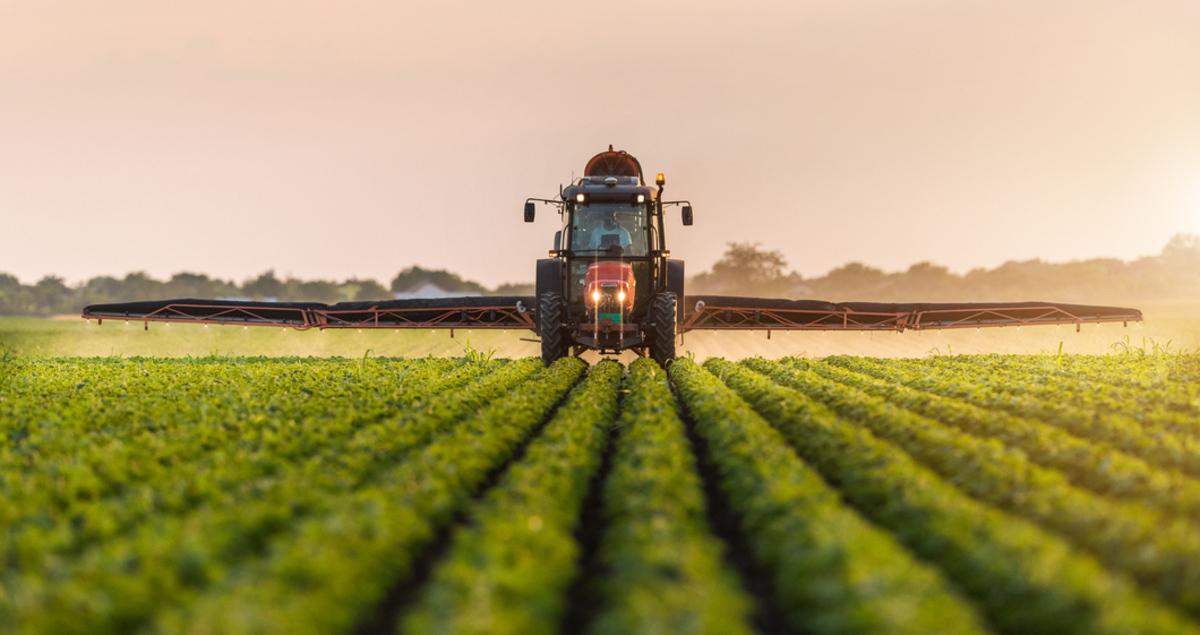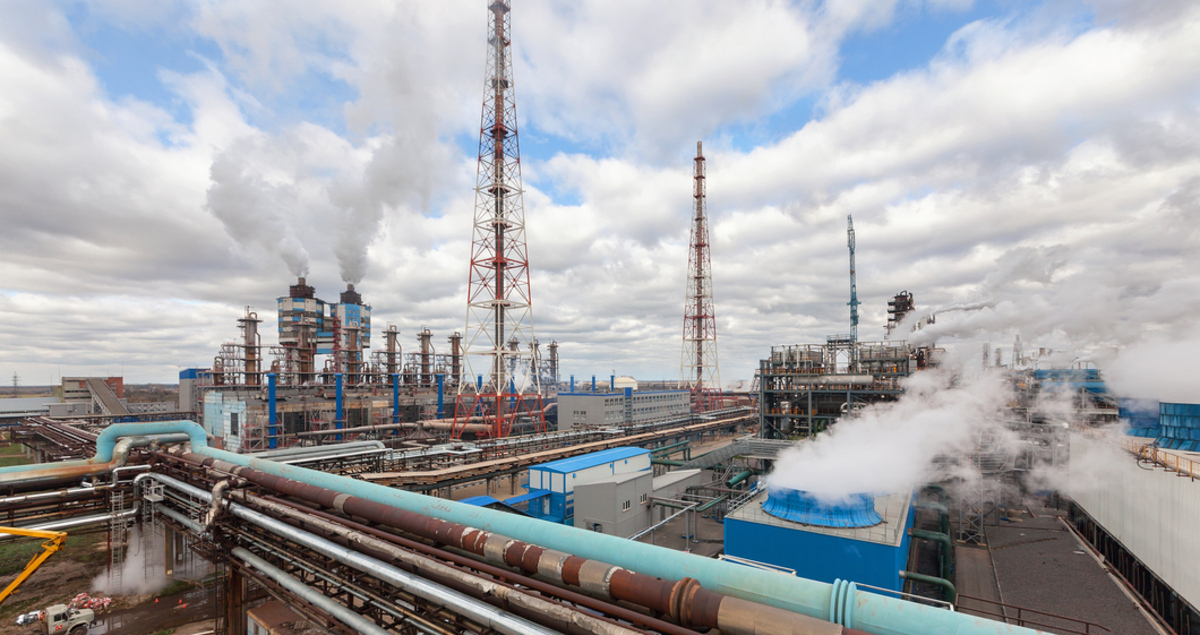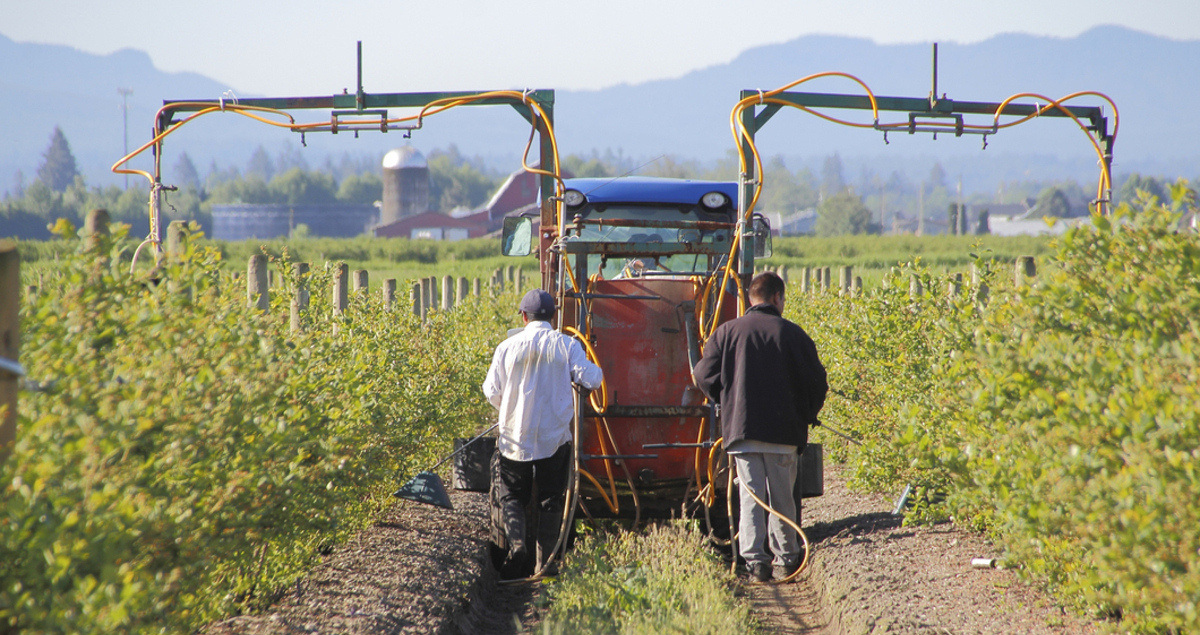Why we need more ammonia to feed the world

There are more than 7.6 billion mouths to feed on planet Earth, but this figure is set to reach 9.8 billion by mid-century, according to a United Nations prediction. A population growth rate like this could strain global food supplies, leaving too little for too many in some regions.
Modern farming employs innovations like genetically modified crops and AI-driven agriculture to find ways of increasing crop yields. But for many parts of the world, greater access to fertilizer is the key to feeding communities.

Plants absorb more nitrogen than any other element, making it possibly the most important nutrient when it comes to growing crops. A report by the UN predicts total global demand for nitrogen for fertilizer will have increased by 6% over the period 2017 to 2022.
With this trend set to continue or even accelerate, sourcing that extra nitrogen depends on a chemical compound where nitrogen is found in high concentration: ammonia.
Ammonia production will therefore play a vital role in delivering sufficient fertilizer to feed the planet’s growing population.
And the world’s biggest ammonia facility is currently under construction in the US state of Texas.
Planting ammonia
The Gulf Coast Ammonia (GCA) plant will use traditional steam methane reforming to produce ammonia. When operations begin in 2023 it will have capacity to produce 1.3 million tonnes of ammonia each year to supply fertilizer-hungry domestic customers and export markets, adding to an annual global ammonia supply of around 180 million tonnes.
Operating at this scale will require some impressively large kit, which includes some of the world’s biggest ammonia compressor trains: about 40 miles from the site, engineers from Mitsubishi Heavy Industries Compressor International Corporation (MCO-I) are working to deliver the GCA project’s API617 multi-stage centrifugal synthesis gas and ammonia refrigeration compressor trains.
“This will be one of the largest synthesis gas compressor trains in the fertilizer production industry, possibly the largest, so it’s quite the achievement, but also a challenging project,” says Clayton Jurica, Director of New Business Equipment at MCO-I.
Like the rest of the plant, these giant compressors bring economies of scale to the project, which boost production efficiency and reduce the per-unit cost of the ammonia.
Regional differences
With global ammonia demand continuing on an upward trajectory, producers are evaluating larger and larger plants to maximize economies of scale, says the former MCO-I president Manabu Saga.
Many large, centralized plants are being built around the world, contributing to predicted annual growth for the global ammonia market of just over 2% between 2021 and 2026. MCO’s compressors are being delivered to large-scale ammonia projects under construction in countries like China, Russia and India.

China is the world’s largest producer of ammonia and consumes more than any other country. More than 48 million tonnes of ammonia were produced in China in 2019, almost four times its nearest rival Russia, which produced around 12.5 million tonnes, followed by India with around 11 million.
By comparison, the US produced fewer than 9.8 million tonnes, an imbalance projects like the Gulf Coast Ammonia plant could help to address, reducing US reliance on imported ammonia.
Off the scale
While operating at scale undoubtedly reduces the gap between global ammonia demand and supply, increasing output has made ammonia the world’s second most produced chemical, with global production accounting for 2% of the world’s fossil fuel use. The sector currently generates more than 420 million tonnes of CO2 annually, creating a difficult tension between producing the fertilizer needed to feed the world and cutting carbon emissions.
Some plants are exploring solutions like carbon capture and storage to reduce emissions, while Mitsubishi Heavy Industries (MHI) Group itself is investing in green ammonia production − using hydrogen produced from renewable electricity − in both the US and Australia
Despite efforts to curb emissions from ammonia production, not all commentators believe large, centralized plants are the best solution. MIT chemical engineer Karthish Manthiram, argues that access to the ammonia needed to produce fertilizer isn’t universal, pointing out that because it is more cost-effective to build very large, centralized ammonia plants, fewer smaller plants are built that can be dispersed regionally.
“A large part of our inequality in access to food in the world is traced back to the fact ammonia production is centralized,” argues Manthiram.
Jurica says it is not a case of choosing between either larger or smaller ammonia plants, but the world needing both to meet its fertilizer needs.
“There are pockets of demand around the world where transportation or logistics is complicated, so building small to mid-sized ammonia production plants to meet local demand makes economic sense,” says Jurica.
“But from a financial perspective, facilities like the Gulf Coast Ammonia plant, which can output 3,600 tonnes a day, make the biggest and most affordable contribution to filling global ammonia needs.”
Learn more about MCO-I awarded contract by world-class Gulf Coast ammonia facility




